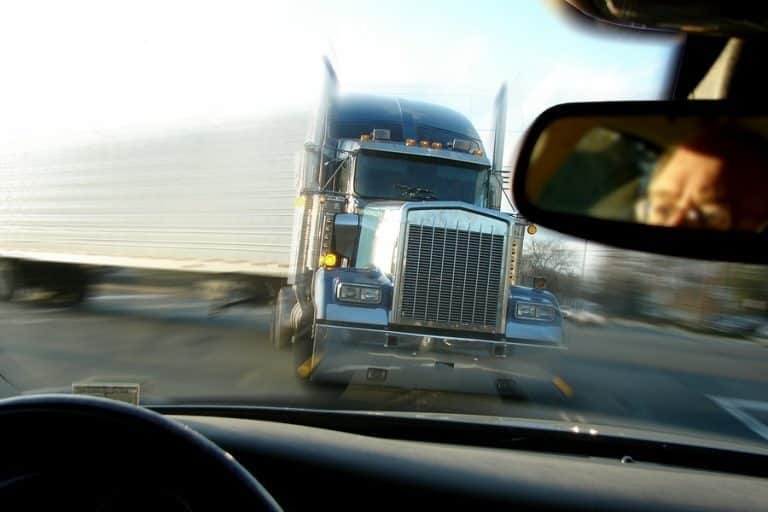New York’s auto insurance minimum requirements is one of the lowest ones in the country, as vehicle owners need to carry only $25,000 in personal injury insurance and $10,000 in property damage coverage. Statistics vary widely, but the average injury-related hospital bill is about $14,000, and when adding other economic losses, like lost wages and physical rehabilitation coasts, as well as noneconomic losses, such as pain and suffering, this money often does not go far enough in catastrophic injury cases.
If there is a gap between the damages and the coverage amount, one option is to collect the difference from the tortfeasor (negligent driver) personally. But a better option is to identify a responsible third party.
Employer Liability
While a personal injury attorney’s primary mission is to obtain compensation for victims, another important mission is to bring justice to both victims and potential victims. Vicarious liability supports both these missions, because on top of an additional source of recovery, employer liability theories also force the responsible companies to change the way they conduct business.
Respondeat superior (“let the master answer”) is the most frequently-used employer liability theory, because it is easy for the jury to understand and it is very broadly defined.
- Employee: The tortfeasor must be a company employee, and in this context, “employee” is synonymous with “worker.” Because most New York judges use the Department of Labor definition (“suffer or permit to work”), independent contractors, owner-operators, and other nontraditional workers are all employees. Moreover, since the employer controls their hours of work and other key variables, even unpaid volunteers, like church bus drivers, may be “employees.”
- Course of Employment: In the old days, this element was narrowly defined, like a designated, full-time delivery driver on her regular route. But today, most courts view this prong very broadly as well. For example, a New York court rather famously held that a participant in an employer-sponsored recreational soccer match was injured within the course of employment, because his boss benefitted from having healthy employees and from the free advertising that the event generated.
- Foreseeability: If the tortfeasor committed an illegal act unrelated to the car crash (g. stole a vehicle from a garage), the act is unforeseeable, but almost everything else is foreseeable under the law.
Respondeat superior most often applies in car crash cases, but it often applies in other contexts as well.
Negligent hiring often applies in some intentional tort cases, like assault, and some negligence cases as well, such as nursing home abuse. The elements are:
- Unfit: The worker must be completely unsuited for the job. If the plaintiff’s claim involves a tortfeasor’s criminal history, that criminal background usually must be germane to the tort, so for example, a bad check conviction may not trigger negligent hiring in a truck accident case.
- Knowledge: The employer must know that the employee is unfit.
- Cause: This element ties back to the first one, because the unfit employee must physically cause the plaintiff’s damages.
Negligent supervision and negligent retention are similar theories.
Owner Liability
Teen drivers between 16 and 19 are three times more likely to cause car crashes than older drivers. Many of these drivers are unlicensed and/or uninsured.
Fortunately, private vehicle owners may be liable for the negligent acts of people who borrow their property, per the negligent entrustment doctrine. This rule is a bit more limited in New York than it is in some other jurisdictions, but it still has a very broad applicability.
- Incompetent Driver: Unlicensed drivers are presumably incompetent in New York; in many other jurisdictions, they are incompetent as a matter of law. The plaintiff can introduce other evidence as well, such as driver inexperience, a poor driving record, or violation of a drivers’ license restriction.
- Knowledge: The vehicle owner must know about the incompetency. “Should have known” (constructive knowledge) may be sufficient.
The owner is liable for damages even if the tortfeasor exceeded the parameters of the owner’s permission, so if Junior crashes into another car while joyriding, his parents may be liable for damages even if they told Junior to drive to the store and come straight home.
To get full and fair compensation for your injuries, contact a lawyer today.
